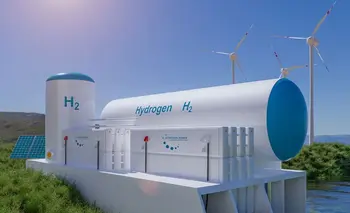We offers different Green ETFs:

- Invest in resource efficiency contributors
- Access the new economic model
- Invest in a cleaner planet
ETF Details
ETF Details
Basis-Ticker: REUSISIN: IE0001J5A2T9
TER: 0.40%
AUM: $7.2 M (as of 30-08-2024)
SFDR Classification: Article 9
Lower risk
Higher risk
Typically lower reward
Typically higher reward

- Invest in the potential energy source of the future
- Key contributors to the hydrogen ecosystem
- Trend supported by governments around the world
ETF Details
ETF Details
Basis-Ticker: HDROISIN: IE00BMDH1538
TER: 0.55%
AUM: $69.0 M (as of 30-08-2024)
SFDR Classification: Article 9
Lower risk
Higher risk
Typically lower reward
Typically higher reward

- Invest early in the sector’s multi-decade transformation
- Pure-play exposure to companies involved in the food revolution
ETF Details
ETF Details
Basis-Ticker: VEGIISIN: IE0005B8WVT6
TER: 0.45%
AUM: $7.5 M (as of 30-08-2024)
SFDR Classification: Article 9
Lower risk
Higher risk
Typically lower reward
Typically higher reward


